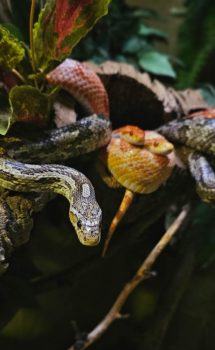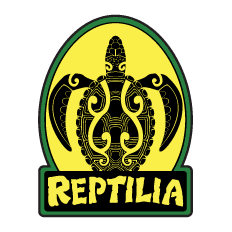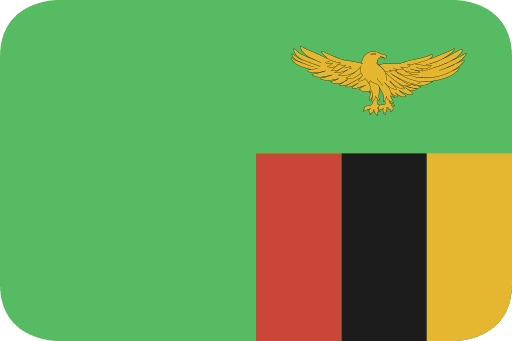Corn Snake
Common Name: Corn Snake
Scientific Name: Pantherophis guttatus
Names: N/A
Locations: Whitby, Vaughan & London

Diet
Corn Snakes are carnivorous and primarily feed on small rodents, such as mice and rats. They may occasionally consume birds or other small vertebrates, swallowing their prey whole after subduing it with gentle constriction.
Average lifespan
In the wild, Corn Snakes typically live around 6 to 8 years, while in controlled environments they can reach 15 to 20 years.
Size
Corn Snakes are medium-sized snakes, usually reaching lengths of about 1.2 to 1.8 meters (4 to 6 feet).
Weight
Adult Corn Snakes generally weigh between 300 to 800 grams (approximately 0.66 to 1.76 pounds), depending on their overall length and condition.
About
Native to the southeastern United States, Corn Snakes inhabit a variety of environments including woodlands, grasslands, and abandoned fields. They play an important ecological role in controlling rodent populations. Their natural camouflage—often a combination of red, orange, or brown patterns with subtle markings—helps them blend into the leaf litter and underbrush.
Size and behavior
Corn Snakes are generally solitary and relatively calm. They are both terrestrial and arboreal, capable of climbing low branches or structures when seeking basking spots or hunting. Their behavior includes a reliance on camouflage and ambush tactics to catch unsuspecting prey.
Diet and nutrition
As obligate carnivores, Corn Snakes depend on a diet rich in protein and healthy fats, primarily obtained from their rodent prey. In the wild, this diet helps them maintain energy for growth, reproduction, and daily activities, while also naturally regulating rodent populations.
Conservation status
orn Snakes are currently listed as Least Concern by the IUCN. They have a wide distribution and stable populations in their natural habitat, though localized impacts from habitat modification can occur.
Fun fact
The common name “Corn Snake” is believed to derive from the pattern on their belly, which resembles the kernels of corn. This distinctive marking, along with their varied color morphs in the wild, makes each individual uniquely attractive in appearance.
Call or visit your local Reptilia Facility to learn how you can adopt one of these amazing reptiles.










